Amar Hussain
Amar Hussain
Senior Content Contributor
866 Published Articles
Countries Visited: 63U.S. States Visited: 9
Amar is an avid traveler and tester of products. He has spent the last 13 years traveling all 7 continents and has put the products to the test on each of them. He has contributed to publications incl...
Edited by: Jessica Merritt
Jessica Merritt
Senior Editor & Content Contributor
177 Published Articles 748 Edited Articles
Countries Visited: 4U.S. States Visited: 23
A long-time points and miles student, Jessica is the former Personal Finance Managing Editor at U.S. News and World Report and is passionate about helping consumers fund their travels for as little ca...
![The Ultimate Camping Vacation Packing Checklist & Best Tips [Printable]](https://upgradedpoints.com/wp-content/uploads/2023/05/Camping-Vacation-Packing-Checklist.jpg?auto=webp&disable=upscale&width=1200)
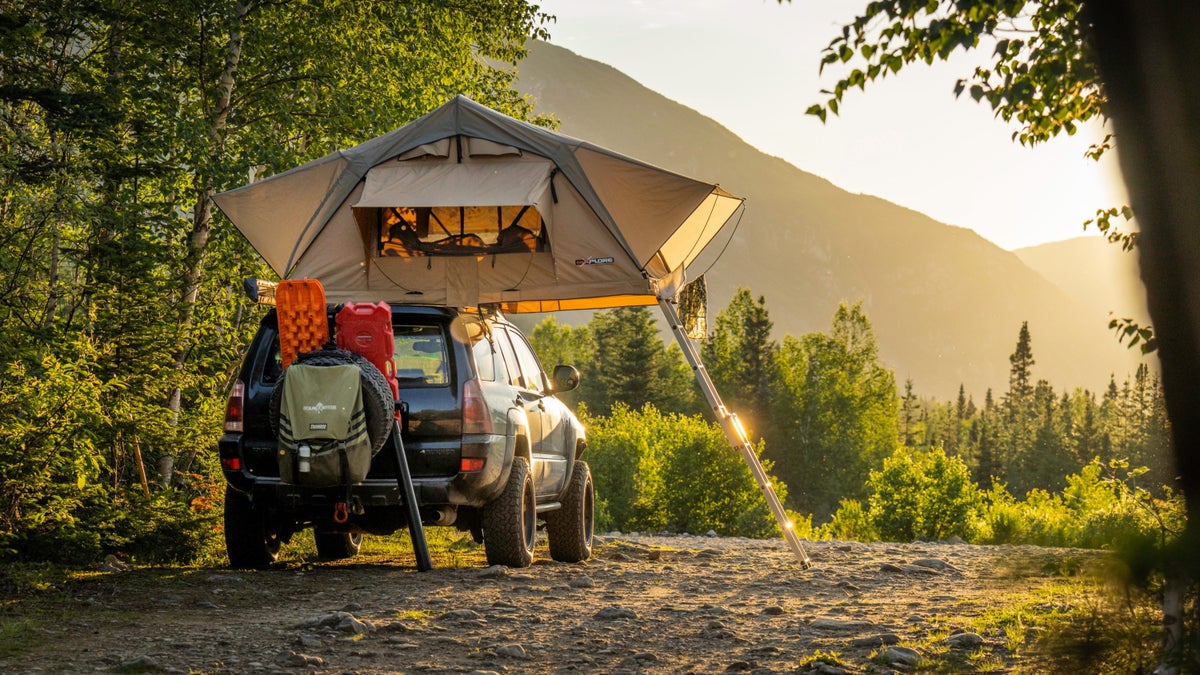
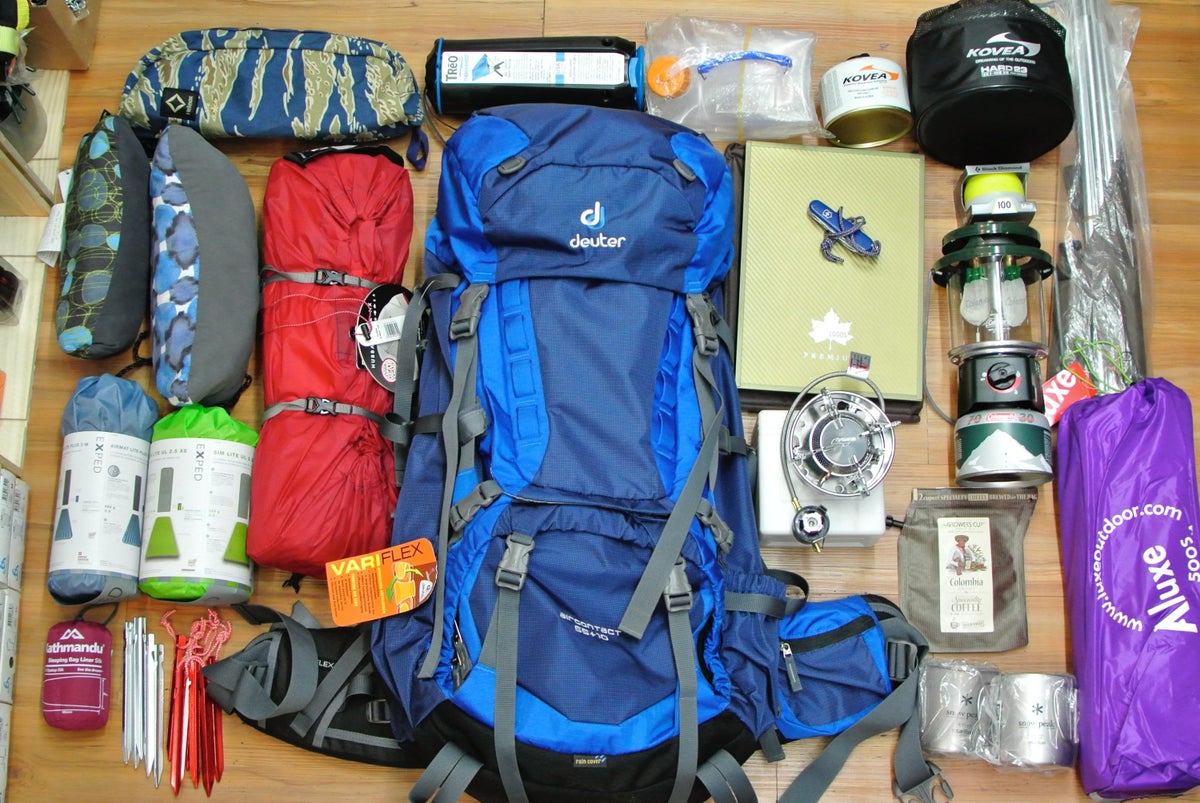
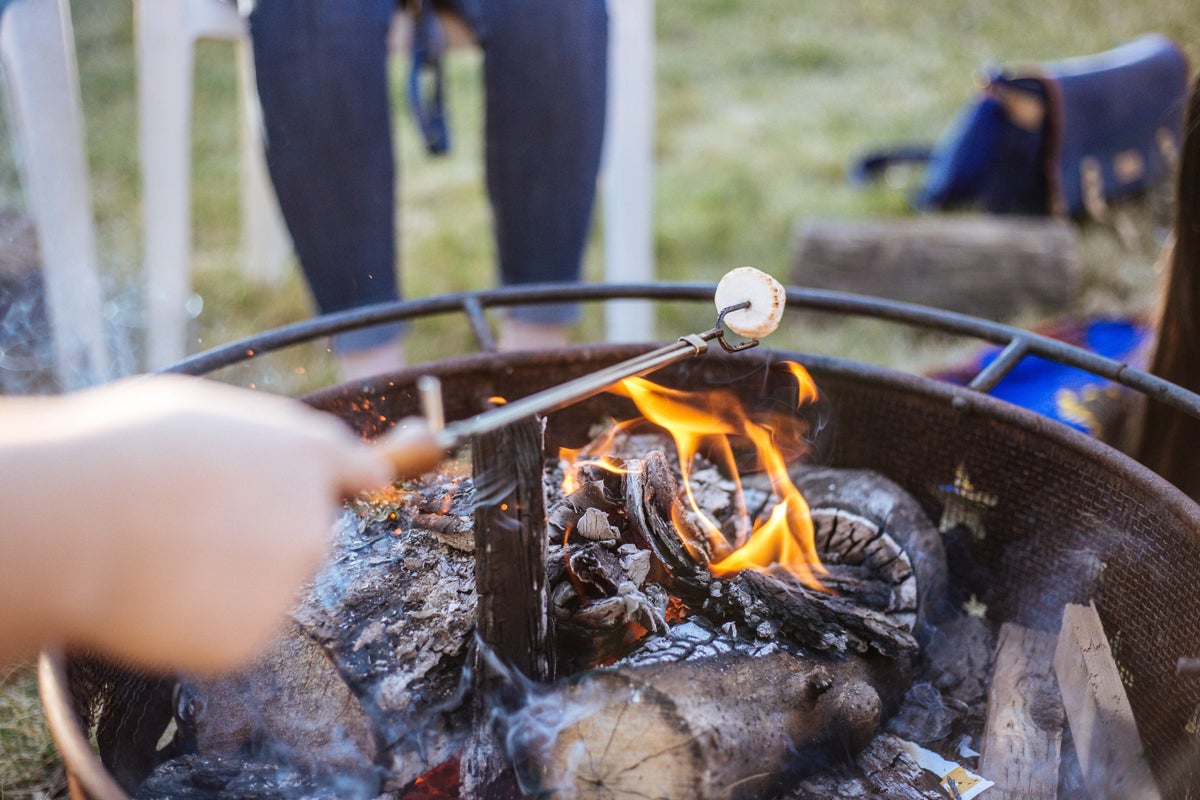
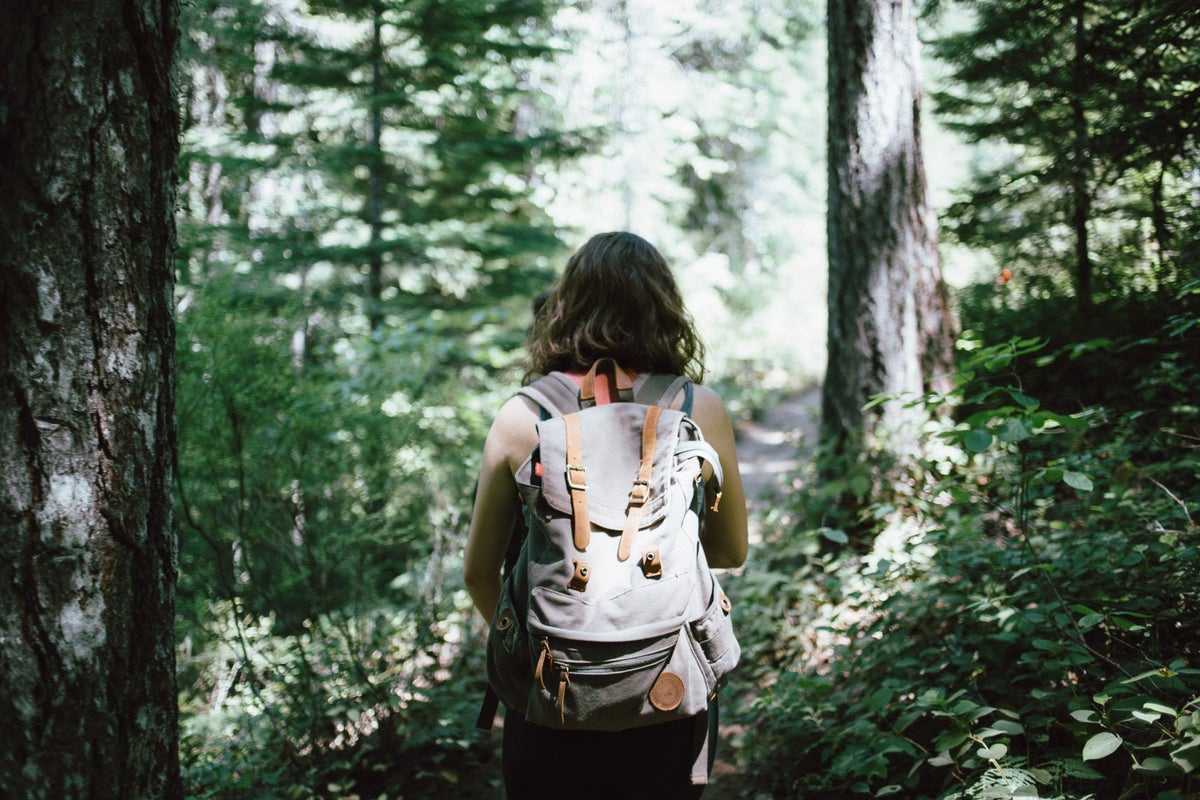
![The 10 Best Camping Mats for Travel [2024]](https://upgradedpoints.com/wp-content/uploads/2023/01/Best-Camping-Mats-1.jpg?auto=webp&disable=upscale&width=1200)
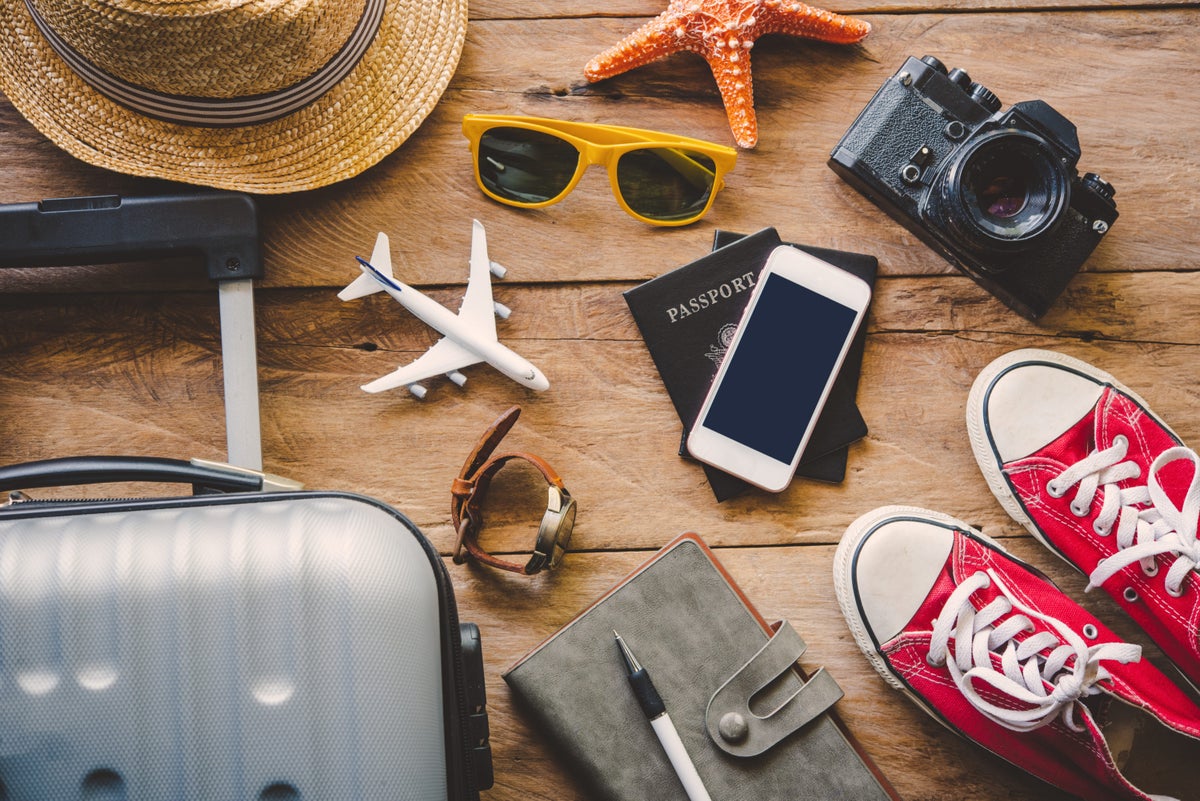
![25 Best Camping Essentials To Bring On Your Next Trip [2024]](https://upgradedpoints.com/wp-content/uploads/2020/09/Camping-Essentials.jpg?auto=webp&disable=upscale&width=1200)
![The 10 Best Camping Blankets and Quilts for Travel [2024]](https://upgradedpoints.com/wp-content/uploads/2021/10/Camping-Quilts-and-Blankets.jpg?auto=webp&disable=upscale&width=1200)